Posted by Pam Johnson - Head of Buying on 19th Apr 2022
Top Seven Signs Your Mattress Needs Replacing
How often should you replace your mattress? It’s a simple enough question and, sometimes it’s easy to recognise when your mattress has passed its best. However, there are other times when you may not even be aware of the potential damage an old, or substandard mattress could be causing.
Learn how to tell whether or not your mattress needs to be replaced with our handy guide. Plus, find out why it’s so important to know what the top five signs your mattress needs replacing are and how to recognise them.
1. Your mattress may need replacing if it’s old
Mattresses need replacing every seven to eight years. However, this advice is the general consensus. And the need to replace yours will depend on several factors, including:
- The initial condition of the mattress when purchased. If you purchased or inherited a second-hand mattress, you can expect it to last less time than a new one.
- Regularity of use. A mattress is only slept on occasionally (for example, those in a guest bedroom); it will need replacing less frequently than one that is slept on almost every night.
- Any damage to the mattress. If your mattress has become damaged in any way (e.g., during a house move) it could need replacing before the 7-8 year mark.
- The material of your mattress. Mattresses made from latex generally have a longer life-expectancy than those made from other materials.
If you want to know whether it’s time to replace your mattress, look for visible signs of wear to your mattress. And be sure to assess the overall feel of the mattress too. Hidden (or invisible) signs of wear are also a good indication that your mattress needs replacing. More on that later.
Is a mattress that needs replacing bad for your health?
You may be wondering why you should bother to replace your mattress if it still seems perfectly fine. After all, if your mattress has lasted so many years, what harm could a few more years of use possibly do?
Well, potentially, quite a lot.
Even if your mattress looks perfectly clean and stain free, there could be more things to worry about - millions of them…
Did you know?
A 7-year-old mattress can play host to over 16 million bacteria.
That’s an awful lot of bacteria to be cosying up to each night! And the negative affects of an aged mattress don’t end there. In addition to the millions of bacteria living in your mattress, you may also find additional squatters such as bedbugs and dust mites.
How do I know if there are bed bugs in my bed?
Some signs that bed bugs are living in your mattress include:
- Feeling itchy
- Visible bite marks from bed bugs
- Small black faecal matter
These are just a few of the signs that your mattress has turned into a bed bugs’ motel.
The older your mattress, the more bacteria has accumulated. This is just one of the reasons it’s recommended to replace your mattress every seven to eight years.
Dust mites are different from bed bugs. They feed on the bacteria that has accumulated within your mattress. If you’d like to learn a little more about dust mites and how to minimise their numbers in your home, check out our how to get rid of dust mites guide.
2 . Your mattress may need replacing if it’s used a lot
Common sense dictates that the mattress on a barely used guest bed will need replacing less frequently than the mattress on a bed that is used every night. Providing both mattresses are of the same quality of course.
Over time, general wear and tear takes its toll on all mattresses. Fibres and foam can break down. Plus, there may even be permanent visible indentations that are a result of lying in the same position year after year.
Some of us try to get around replacing a mattress with a new one by buying and using a washable mattress protector. And while mattress protectors are a worthwhile investment; they don’t actually do the same job as your mattress.
What are the benefits of a washable mattress protector?
There are a ton of benefits to having and using a washable mattress protector. These include:
- Helps to prevents stains and dirt being in contact with the mattress.
- Helps to reduce exposure to potential allergens.
- As the mattress protector is washable you can wash away dirt, stains, and dead skin cells.
It’s also worth noting that buying two washable mattress protectors per bed is a great idea. This allows you one to wash, dry and store while the other is on your bed until it’s time to change your bedding. Learn more about how often to wash your bed sheets in our guide.
Although a mattress protector doesn’t change the fact that it’s recommended to replace your mattress every seven to eight years, it could help you to avoid needing to change your mattress sooner.
3. If your mattress is sagging, it’s time to consider replacing it
A sagging mattress can lead to waking with aches and pains. This is because a sagging mattress is unable to deliver the correct levels of comfort and support needed to achieve a good night’s sleep.
There are many things that can cause your mattress to sag.
Some of these factors include:
Overuse of the same area of the mattress
When you lie on the same area of even a firm mattress each night, the fibres in this region can begin to compress. And this leads to your mattress sagging.
If you want to prevent premature mattress sagging and prolong the life of your mattress, following the proper mattress care advice (as issued by the mattress manufacturer) is essential.
Lack of mattress care
Upon receiving your mattress from Bensons for Beds, you’ll also be issued a manufacturer-issued mattress care guide. This advice includes information outlining how often to rotate your mattress and whether your mattress needs to also be flipped (or turned), and if so, how often.
Flipping (or turning) and rotating your mattress in line with the manufacturer’s guidelines is just one of the ways you can ensure that your investment lasts as long as it should.
4. If there are any issues with your mattress springs, replacing your mattress is a must
Exposed and broken springs are problems most commonly seen in older mattresses. So, if you’re being prodded by springs while you sleep (or trying to); or if you can feel the springs through your mattress, a new mattress is well overdue.
You may be tempted to try to fix your mattress springs with temporary quick fixes, but exposed mattress springs can cause injuries. And so, trying to resolve the problem with a little DIY is not advisable.
Broken mattress springs can also be the cause behind the areas of your mattress that are sagging. And unfortunately, this can have a detrimental effect on the overall support provided by your mattress.
5. If your mattress isn’t offering the support you need, consider replacing it
Over time a mattress can lose its firmness and fail to provide the support it once did.
Not only that though, our support needs change over time too. Perhaps you’ve changed your preferred sleep position? Or maybe you’ve been suffering from back pain?
And if you’re not receiving the correct support from your mattress, you won’t be achieving the restorative sleep you need. All of these factors are a sure sign that a new mattress could be the best investment you make this year.
6. Visible signs of wear indicate that your mattress needs replacing
Visible signs of wear are another clear sign that the time has come to replace your mattress. And these visible signs include:
- Sagging: We’ve already discussed the implications of a mattress sagging. But, it’s worth checking for visible sagging each time you change your bedding sheets.
- Stains: Stains on mattresses are common. Over time, sweat stains other visible marks caused by spillages are inevitable. And cleaning your mattress regularly is important to prevent these stains from building up. But, if your mattress has a stubborn stain that cannot be removed and you find that your allergies are flaring up, the two problems could be linked.
- Tears or rips: Any visible tears or rips to your mattress cover could be an indication of a bigger problem hiding within the mattress structure. Worn spots are also something to look out for. And whether caused by general wear and tear or through accidental damage, all of these signs are a good indication that your mattress needs to be replaced.
Although it’s tempting, it’s best not to ignore visible signs of wear and tear to your mattress. Doing so will lead to compromising the quality of sleep you are able to achieve which will have a knock-on affect on your health.
7. Invisible indicators of wear and tear
Along with those visible signs of wear and tear, invisible ones can just as clearly indicate that your mattress needs replacing. Invisible signs that it’s time to replace your mattress include:
- A lumpy sleep surface: A lumpy sleep surface has a detrimental effect on your comfort. This can lead to poor sleep quality and make falling asleep a much harder task than it should be.
- A lack of support: We’ve already mentioned this but it’s definitely worth reiterating the importance of getting the proper support levels while you sleep. If you wake feeling stiff, sore, or achy in the mornings, your mattress may not be providing the correct support.
- Springs that poke you during the night: If you’re experiencing sleep disturbances or find it tricky to fall asleep because there are springs poking you through the night, it’s the right time to invest in a new sleep solution. And choosing one that will help you achieve a restorative and refreshing sleep is key.
But, before you go ahead and buy a new mattress, it’s worth taking steps to ensure that you choose the right comfort rating for your needs. Choosing the right type of mattress is important too.
How do I select the right comfort rating?
Our sleeppro® technology can help you find the ideal mattress comfort rating for your needs. This innovative process uses sophisticated technology to assess where you need support the most. sleep pro® is available in-store and one of our helpful store colleagues will guide you through the process to find the perfect mattress for your needs.
Further Mattress advice
Care for your mattress properly
There are steps you can take to ensure your mattress remains as comfortable and as supportive as possible so that you shouldn’t need to change it before the seven-year mark. Be sure to read and follow the care instructions issued by the manufacturer carefully when your new mattress arrives.
This advice will include how often the mattress should be turned and rotated. It also outlines what additional products, such as mattress protectors, can enhance the comfort of your new mattress.
You can also find tips for cleaning and maintaining your mattress in our How to Clean and Care for Your Mattress guide.
Team your mattress with the appropriate bed
We ensure you can match the right mattress with the perfect bed in a number of ways:
With your bed, your way - This five-step system from Bensons for Beds is designed to help you find the ideal comfort rating, mattress size, mattress type, base or frame, and style for you.
Online - when you select a mattress you like, you can also see which bed is frequently purchased alongside that mattress.
Telesales - In addition to being able to receive great advice instore and online about which mattress and bed would be best for you, you can also give our friendly telesales team a call on 0808 144 6160.
Here to help
Should you need any further advice or have any questions about any of our products, get in touch with our friendly customer services team on 0808 144 6160 today.
We’ll be delighted to help find the perfect mattress for your needs.
Sources:(1) https://bedadvice.co.uk/bed-talk/how-often-should...


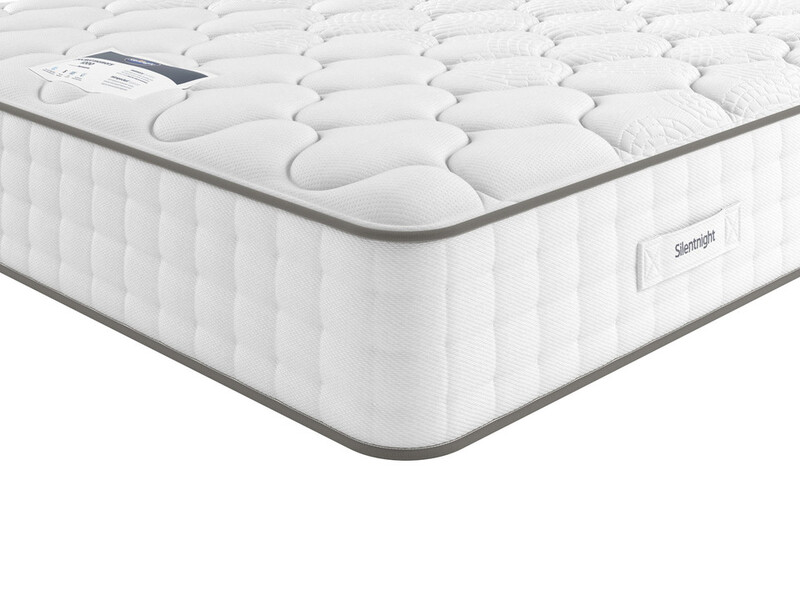
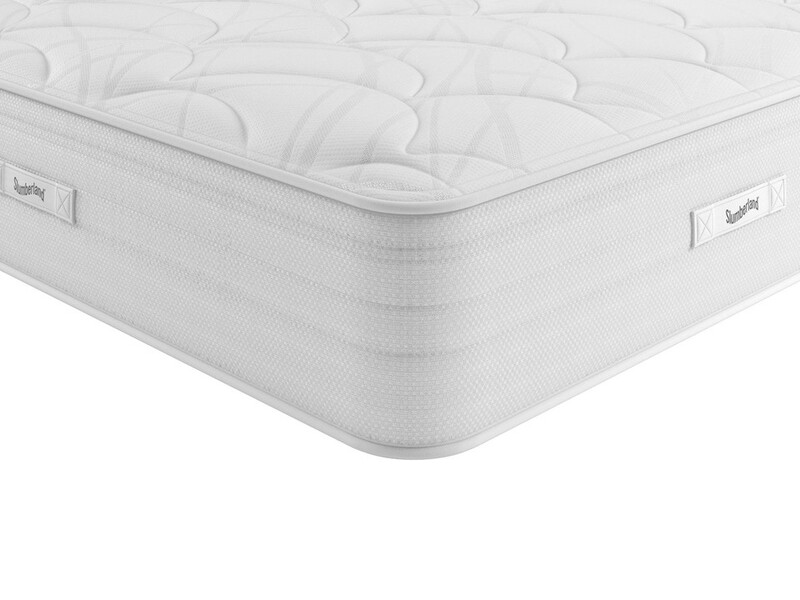
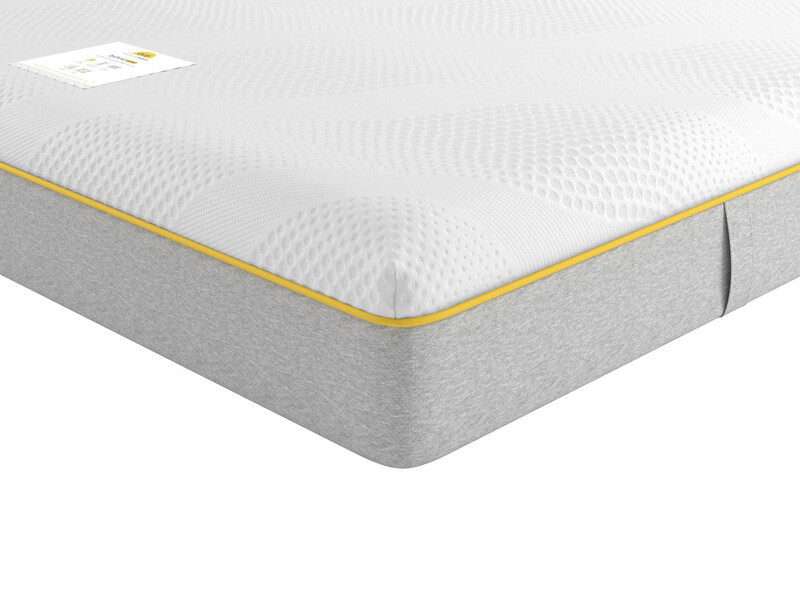
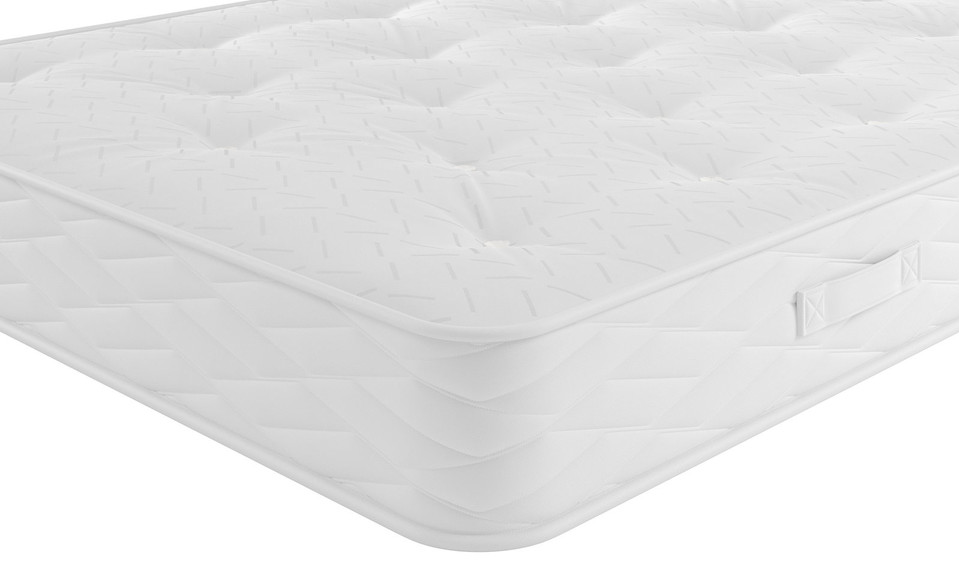
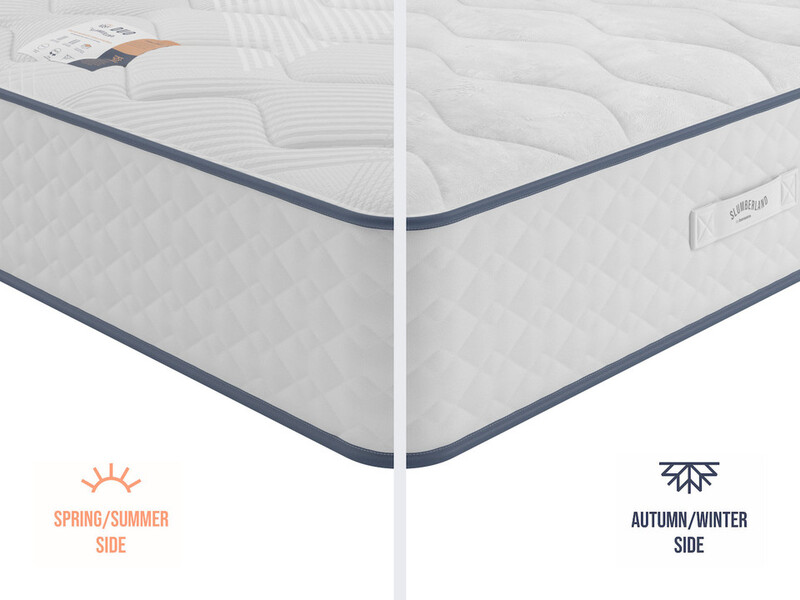
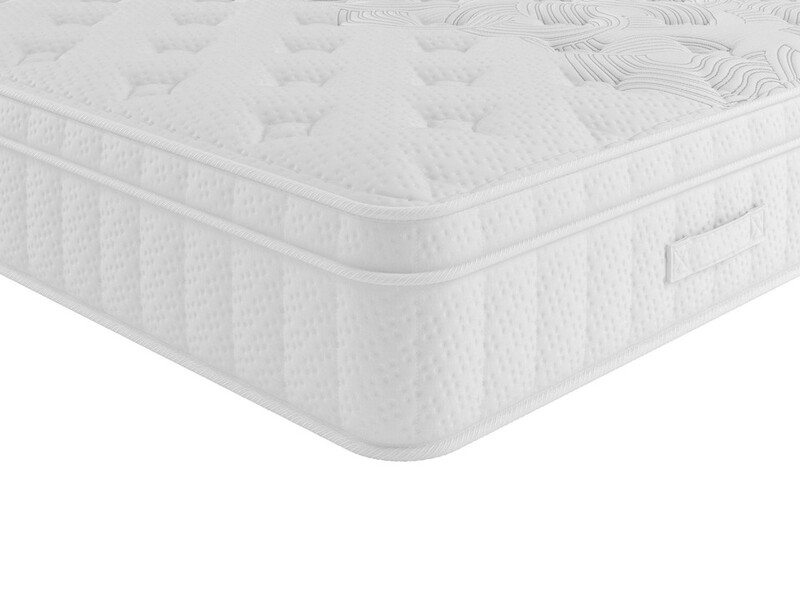
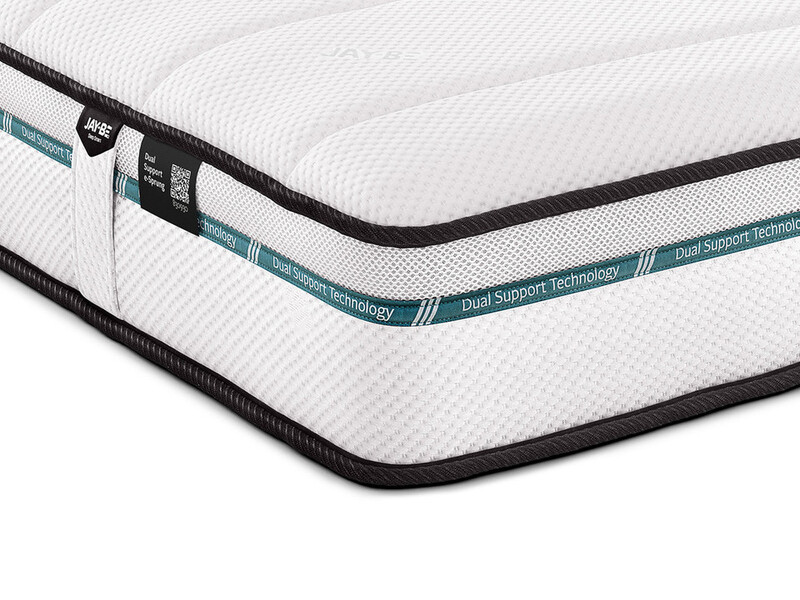
 ?t=1646060633",
"summary": "As a nation of pet lovers, we tend to want to know everything about our pets. This can include anything from knowing their perfect tickle spot (or where NOT to tickle in the case of cats) to their favourite cat foods and dog snacks."
},
{
"title": "An In-Depth Guide to Different Types of Mattresses",
"url": "https://www.bensonsforbeds.co.uk/an-in-depth-guide-to-different-types-of-mattresses",
"thumbnail": "
?t=1646060633",
"summary": "As a nation of pet lovers, we tend to want to know everything about our pets. This can include anything from knowing their perfect tickle spot (or where NOT to tickle in the case of cats) to their favourite cat foods and dog snacks."
},
{
"title": "An In-Depth Guide to Different Types of Mattresses",
"url": "https://www.bensonsforbeds.co.uk/an-in-depth-guide-to-different-types-of-mattresses",
"thumbnail": "
 ?t=1648549705",
"summary": "If you haven’t changed your mattress in many years, you may well find it isn’t providing you with the support that it should. People often only discover this to be the case when they can’t settle at night, or if they wake with aches and pains, or stiff joints each morning."
},
{
"title": "What's Most Important When Buying a Bed?",
"url": "https://www.bensonsforbeds.co.uk/sleep-hub/whats-most-important-when-buying-a-bed-96f8ab/",
"thumbnail": "
?t=1648549705",
"summary": "If you haven’t changed your mattress in many years, you may well find it isn’t providing you with the support that it should. People often only discover this to be the case when they can’t settle at night, or if they wake with aches and pains, or stiff joints each morning."
},
{
"title": "What's Most Important When Buying a Bed?",
"url": "https://www.bensonsforbeds.co.uk/sleep-hub/whats-most-important-when-buying-a-bed-96f8ab/",
"thumbnail": "
 ?t=1649340900",
"summary": "In this guide to What’s Most Important When Buying a Bed, we explore why it may be time to look elsewhere for your bedtime comfort and how you can break the cycle of buying bad beds."
}
]
}
?t=1649340900",
"summary": "In this guide to What’s Most Important When Buying a Bed, we explore why it may be time to look elsewhere for your bedtime comfort and how you can break the cycle of buying bad beds."
}
]
}


